April 6, 2009
History of the telescope – the view from Greenwich
Richard Dunn
Report by: Mike Dryland
Richard Dunn began with a brief introduction to his new book “The Telescope: A short history” (NMM Publishing 2009). The book is a very well presented publication and covers the development and social impact of all kinds of telescope, nautical and terrestrial as well as astronomical. It is an entertaining and informative read.
For the Flamsteed audience Richard talked about astronomy and pursued two themes:
Can you believe what you see through a telescope?
Galileo’s pioneering work in astronomy began this controversy which many would say, persists today. Galileo’s interpretation of his observations in 1609-10 flew in the face of contemporary beliefs. The Moon he said, had mountains and craters and was not perfect. Venus showed crescent phases which must mean it orbits the Sun and not the Earth. The Sun showed spots (imperfections), and Saturn seemed to have ears or be a triple planet. Galileo’s interpretation was disputed, especially by the church, and some proposed that the telescope itself was influencing appearances — terrestrial views were not changed, but the telescope was altering the appearance of celestial objects then thought to be made of a different substance (quintessence) than earthly things. Galileo’s attitude led to his famous confrontation with the church, but the telescope controversy didn’t end there.
Fast forward to 1877 — from his observations of Mars during the “Great Opposition”, the Italian astronomer Giovanni Schiaparelli described features on the surface as ‘canali’ (channels). These were interpreted by some, especially the wealthy amateur astronomerPercival Lowell, as artificial ‘canals’, evidence of an advanced intelligent civilisation. Many disagreed and there is a link to Greenwich. In 1903, Greenwich Senior Assistant E. Walter Maunder, carried out a set of perception experiments with boys at the Hospital School and demonstrated a natural tendency to interpret poor images as linear features. Any doubt was removed by the space probes to Mars from the 1960s onwards. It seems that Lowell had surely detected signs of intelligence, but at which end of the telescope?
The controversy persists. Modern observations of distant supernovae suggest the Universe is expanding faster than previously thought and the expansion may be accelerating. This has led to the postulation of ‘Dark Energy’ a repulsive force which is counteracting gravity — or is it all just that the observations are at the very edge of our technical ability and we can’t resist speculation based on very thin data?
The biggest and the best
For his second theme Richard briefly traced the history of telescopes at Greenwich and looked at the pursuit of ‘the best’ by the Astronomers Royal. For most of its history the work of the Royal Observatory was about angle measurement. Flamsteed had equipped with the best sextant and mural instruments he could get. Subsequent ARs usually upgraded. Halley worked with the best instrument maker he could: George Graham. Bradley worked with Graham and Bird. Technological advances were prized: after the patenting of the achromatic lens, Maskelyne re-equipped with lenses by the Dollands. Maskelyne also worked closely with William Herschel, but didn’t favour Herschel’s world-beating reflectors for measurement purposes. Big lenses were expensive treasures and were re-used for generations — a 5-inch lens from 1793 was still being used in Airy’s Reflex Zenith Tube in 1851.
For all that, Greenwich never possessed the world’s biggest telescope. The 28-in Great Equatorial was commissioned in 1894 by Christie but by then the United States was the home to the world’s biggest. The Greenwich Observatory started to diversify its work into ‘astrophysics’ under Airy, but his heart was always firmly in positional astronomy. Only under Christie and the ARs who followed him did Greenwich get the equipment and mission to broaden its contribution. In the end this proved to be a self-defeating strategy — by the 1990s the government was taking the view that this work was best done in universities and there was no need for a national observatory.
Posted under: Flamsteed, Flamsteed Lecture, Meeting Report
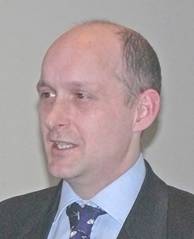
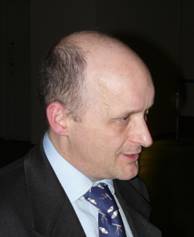
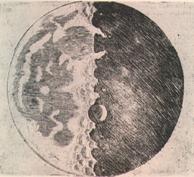
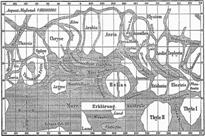
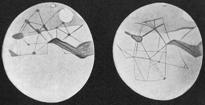
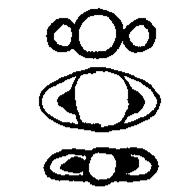
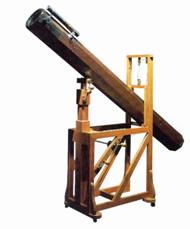

You must be logged in to post a comment.